I am a positive person by nature and I prefer to buy stocks going up but I am starting to see several leading stocks struggle to hold new highs or fail to challenge recent highs. These patterns are familiar and they are suggesting that the recent bounce is the final stage before a possible market decline. A perfect example can be the charts posted of DRYS yesterday.
Now, this big decline could take years to materialize so I don’t want to jump the gun and start yelling sell or short sell everything in sight. I trade to catch the mid to long term trends so time is on our side to determine what is happening.
- I don’t need to call the tops and bottoms of moves
- I just need to be able to identify the trend (if one exists) and then trade accordingly.
- It’s a fairly easy method of investing and doesn’t require watching the market every hour of every day.
- Trending markets are not very common to begin with but certain sectors, industries or markets are always forming some type of trend.
I will look to post up examples from former declining markets and will highlight what the charts looked like before those big declines.
Now, take a look at the charts of First Solar Inc. (FSLR). The market leader recently recorded new highs after the first correction since its IPO but it is now starting to churn. We have witnessed three consecutive weeks of churning action as the stock is not moving higher on above average volume.

I do admit that the overall trend is still higher but the red flags are starting to appear (with this stock and others).
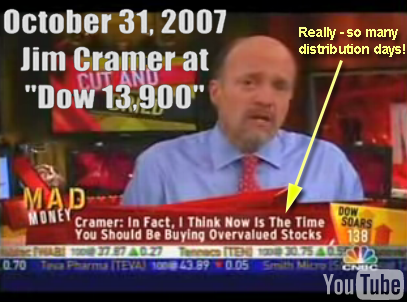
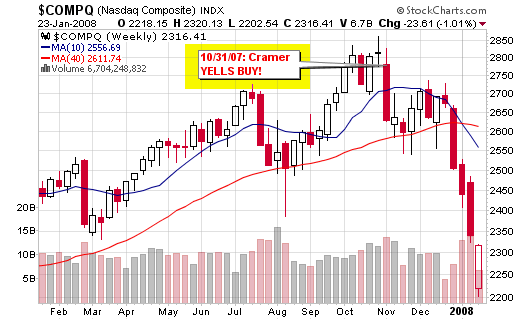
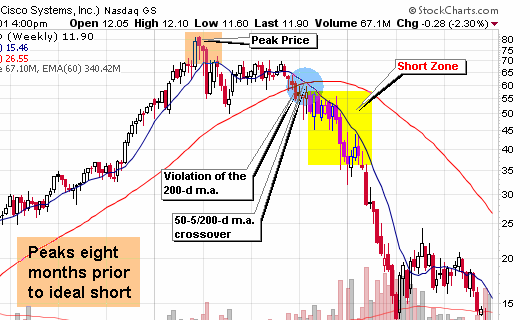
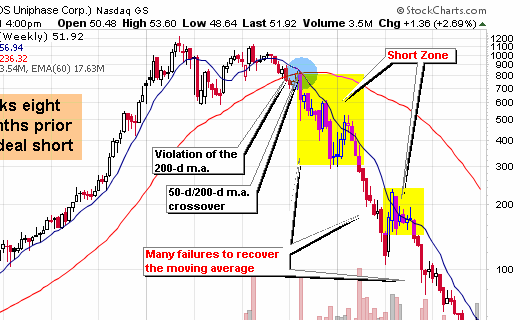
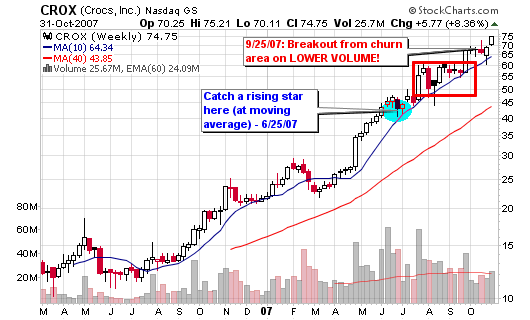

Connect with Me